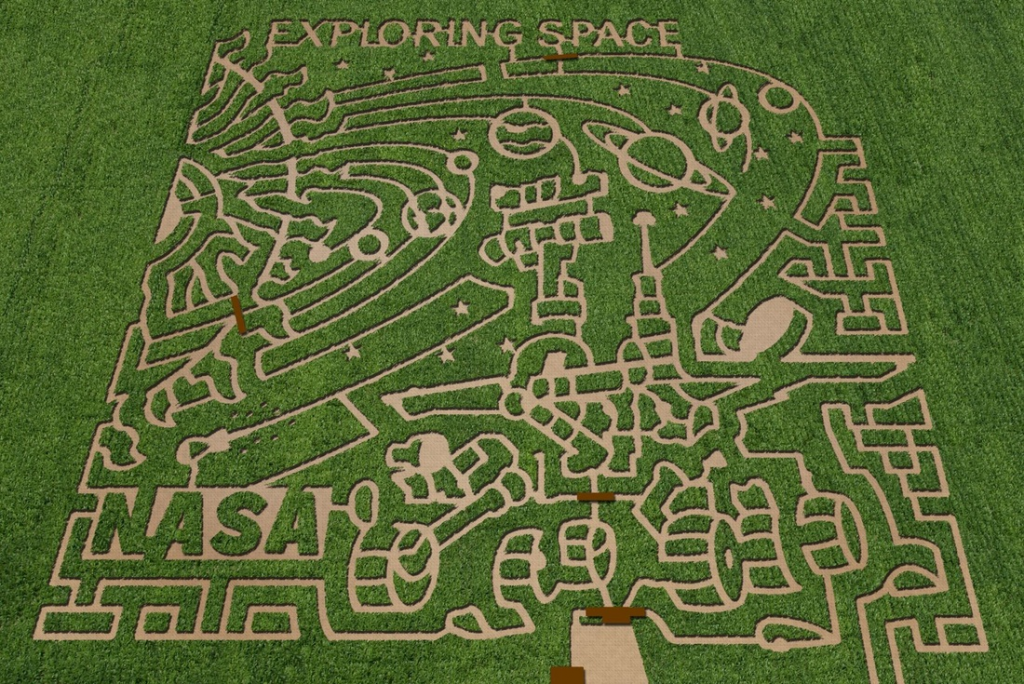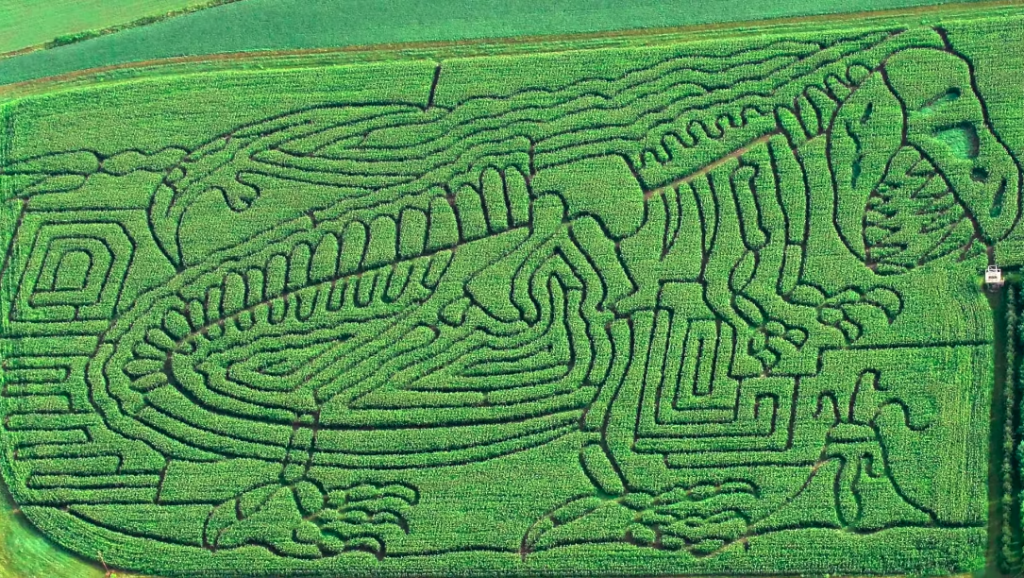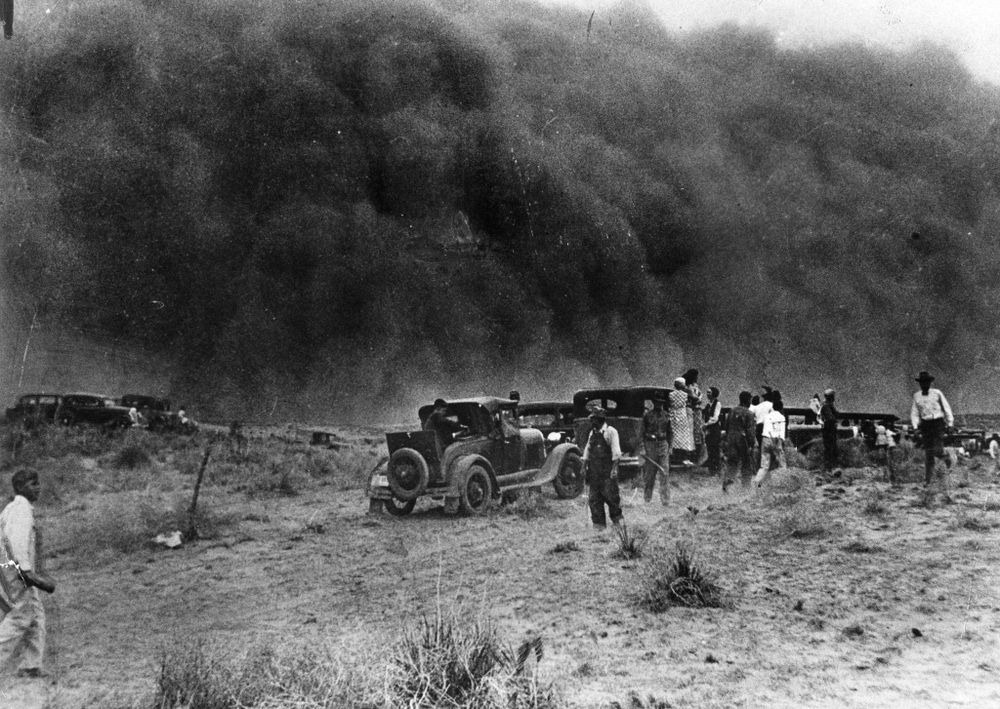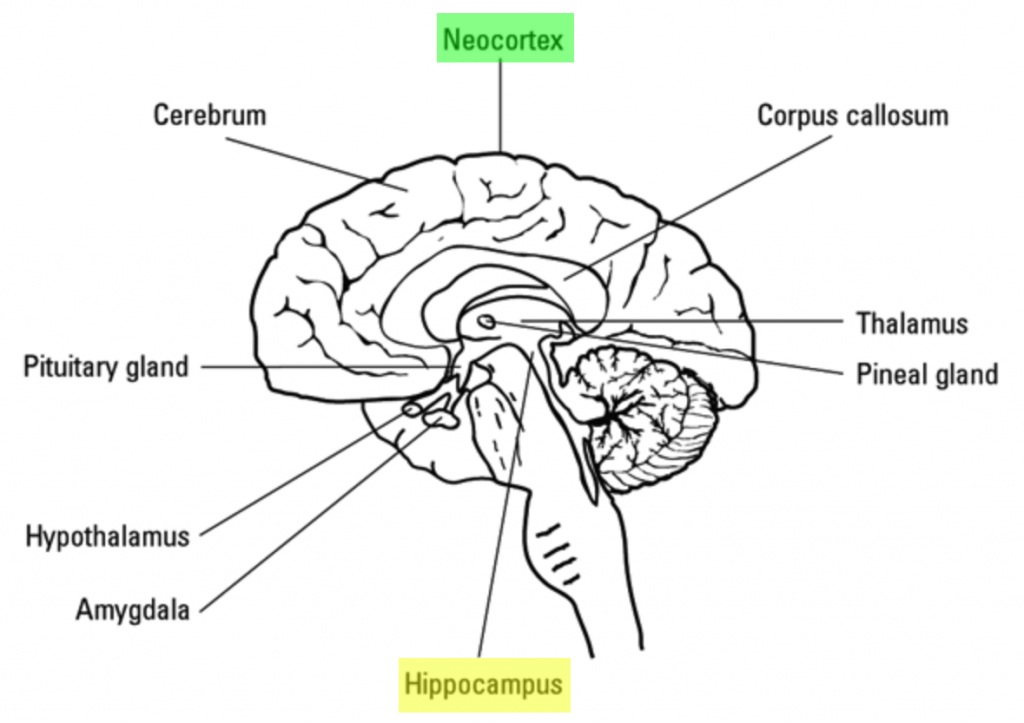Halloween’s Scary Fairies – The History of Halloween
October 31, 2023
We don’t usually think of fairies as spooky Halloween creatures. However, people in ancient Irish villages hid from them!
Halloween began with the Celts, who lived in Ireland over two thousand years ago. The holiday Samhain marked the end-of-summer harvest feast and the Celts’ New Year. On this day, they believed that the ghosts of the dead walked the earth and that fairies and demons came out of hiding.
The fairies’ dancing and beautiful music were enchanting to humans, but they had ill tempers. If you offended them, they could spoil your crops, bring nasty weather, or kidnap you to fairyland!
In a Celtic village, you did all you could to protect yourself from unkind fairies and ghosts on Samhain Eve. You left sweets out to keep them fed. Your priests lit giant bonfires to drive them away. If you left your house, you disguised yourself in a scary mask so the real goblins would think you were them! People throughout Europe feared fairies, wore costumes, and carved candlelit turnips into eerie faces to keep spirits away.
As hundreds of years have passed, people added their traditions to Samhain. Missionaries turned the pagan holiday into a festival honouring the dead called All Saints’ Day or All Hallows Day. The night before this day became All Hallows Eve and then Halloween. This holiday did not become popular in America until the influx of Irish immigrants in the late nineteenth century.
Today, we spend Halloween having scary fun, not hiding from fairies. Even so, we still carve jack o’-lanterns and offer sweets, as people across the ocean did long ago.

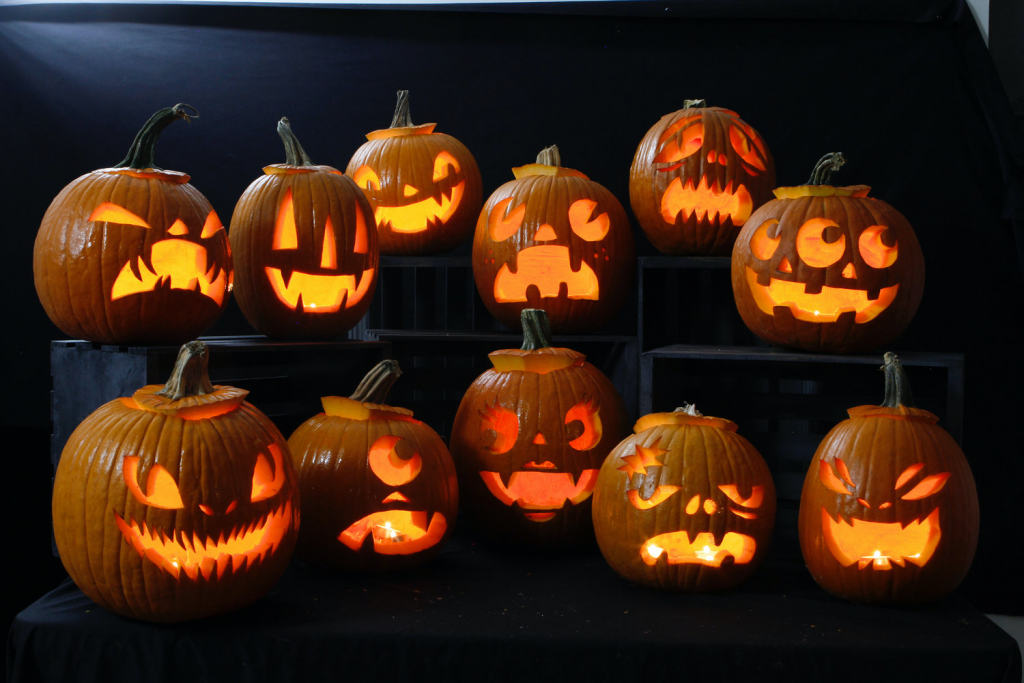
Vocabulary
enchanting (adjective): very likable, charming; enjoyable
offend (verb): To anger or annoy someone
eerie (adjective): Strange in a frightening or mysterious way
pagan (adjective): Describes a religion that worships many gods
influx (noun): A large flowing in of people or things at the same time



